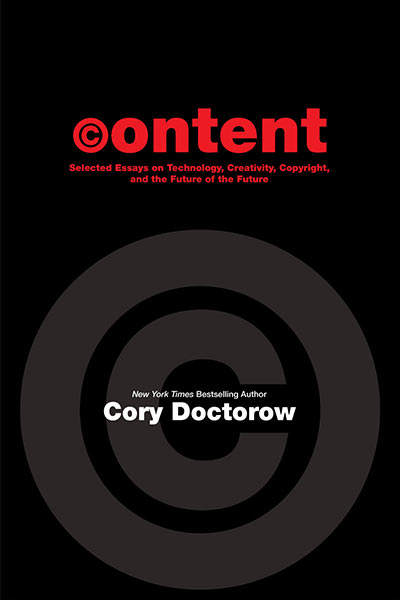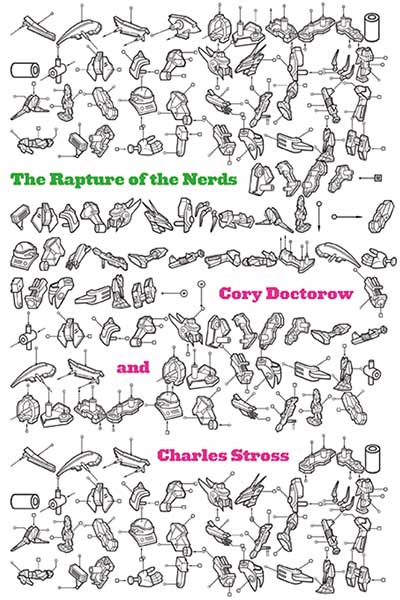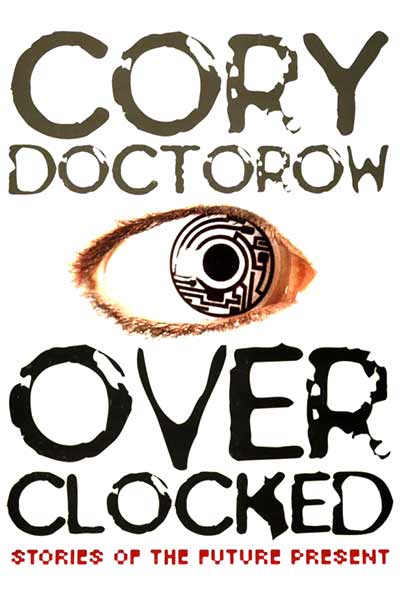My latest Locus Magazine column is up: “The March of the Polygons:
How High-Definition Is Bad News for SF Flicks” is about the way that the move to high-def screens in the home shortens the commercial life of blockbuster sf movies.
Every year, the effects are more impressive, the impossible more daring. That’s because today’s special effects are almost universally generated on computers, and computers get better every year. Moore’s Law describes the trend in processor performance, doubling every two years and getting faster every year. Other laws describe even steeper curves for storage, bandwidth, and bus-speeds. If Moore’s Law applied to cars, you could replace your $12,500, 10-year-old, 39 miles/gallon Toyota with a $50 car that weighs 200 pounds and gets 500 miles to the gallon today.
It’s a good reason to go to the box-office, but it’s also the source of an awful paradox: yesterday’s jaw-dropping movies are today’s kitschy crap. By next year, the custom tools that filmmakers develop for this year’s blockbuster will be available to every hack commercial director making a Coke ad. What’s more, the Coke ads and crummy sitcoms will run on faster, cheaper hardware and be available to a huge pool of creators, who will actually push the technology further, producing work that is in many cases visually superior to the big studio product from last summer.
It’s one thing for a black-and-white movie at a Hitchcock revival to look a little dated, but it’s galling — and financially perilous — for last year’s movie to date in a period of months. You can see what I mean by going to a Lord of the Rings festival at your local rep-house and comparing the generation-one creatures in Fellowship of the Ring to the gen-three beasts in Return of the King.




























